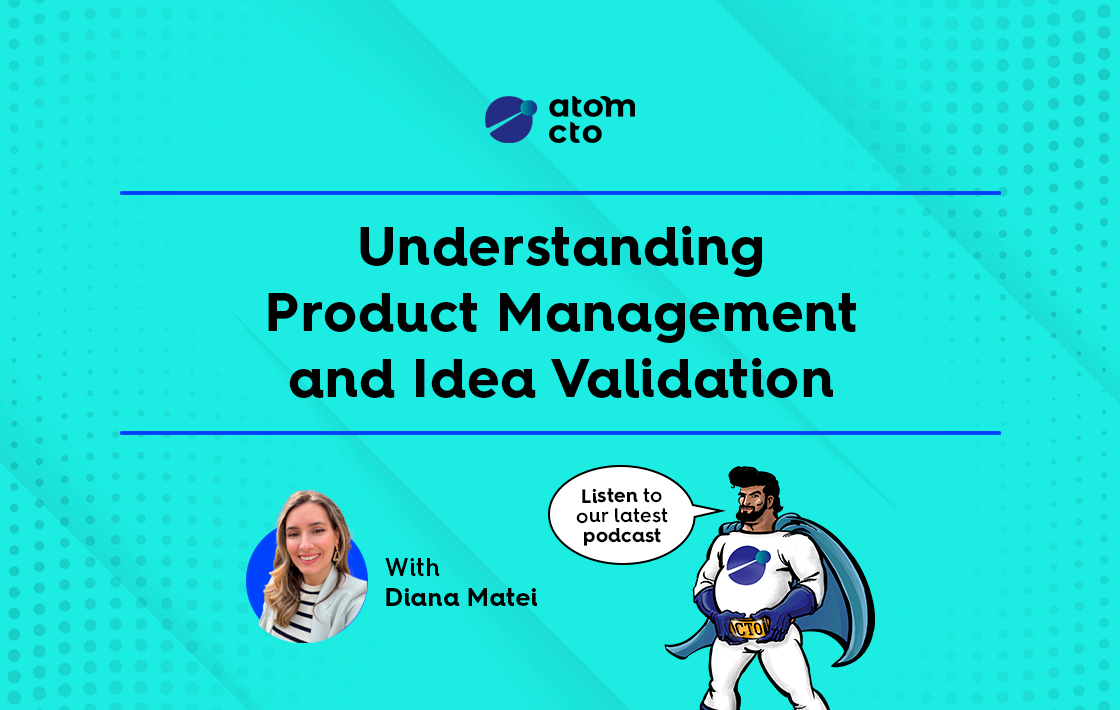Product management is an essential function within any organisation that aims to bring successful, user-centric products to market. Diana Matei, an experienced product consultant with over a decade of experience, has worked across multiple industries like travel, retail, e-commerce, and fintech, focusing on both acquisition and retention at various company stages. Her expertise highlights the need for a structured approach to product management, especially when navigating the intricate waters of idea validation.
The Importance of Idea Validation in Product Management
Idea validation is the meticulous process used to determine whether a new product concept is worth pursuing. Many people often mistake it for simply asking around to gauge interest, but it’s much more nuanced. Effective idea validation involves applying specific processes and techniques to gather evidence on whether a product idea is valuable, viable, and feasible. A structured approach ensures that product development aligns with actual market needs and user expectations.
Myth-Busting: Common Misconceptions in Idea Validation
Several myths cloud the process of idea validation, and dismantling these misconceptions can save time and money. One significant myth is that an idea’s validation is just about asking a few people for their opinions. Real validation involves breaking down the idea into specific problems and testing key assumptions to ensure each part of the concept holds merit. This can include user research, A/B testing of value propositions, and creatively thinking of ways to test the idea’s appeal to your ideal customer profile.
The Scale-Up vs Startup Dilemma
Different business stages require different approaches to product management. For start-ups, the focus is often on acquisition — getting your initial user base. This demands thorough idea validation to avoid wasting resources on unviable concepts. Scaling companies, on the other hand, place more emphasis on engagement and retention. Understanding which stage your company is at will help in tailoring your idea validation process accordingly. Diana’s experience in both small start-ups and large corporations has provided her with valuable insights into how these approaches differ and how they can be effectively implemented.
Testing Your Hypothesis with Real Users
Once a problem and its potential solution have been identified, the next step is validating these with real users. Simply talking to a few potential customers isn’t enough. Instead, wider testing methods like landing pages, waiting lists, and referral systems can provide more substantial evidence. These mechanisms not only gauge interest but also measure willingness to pay, which is a critical indicator of an idea’s viability.
Finding the Right Audience for Validation
Identifying the right audience is crucial for effective idea validation. Start by hypothesising potential customer characteristics such as their age range, income, and lifestyle attributes. Engaging with existing groups, utilising networks, and cold outreach can help connect with the target audience. This process is challenging but necessary to iterate on product ideas effectively before committing extensive resources to development.
Prioritising Product Marketing in the Idea Validation Phase
An often overlooked aspect of idea validation is product marketing. Many businesses leave this towards the end of the product development cycle, but it should actually be a foundational activity. Selling the idea first and ensuring there’s a market demand can inform the product development process, making it more aligned with user needs. Diana points out that this approach ensures your efforts are directed towards building something that’s likely to succeed in the market.
Conclusion: Structured Thinking for Success
Ultimately, successful idea validation in product management hinges on applying a structured, analytical approach. It involves identifying the problem, understanding the target audience, conducting rigorous tests, and prioritising product marketing early in the process. This holistic view, backed by Diana’s extensive experience, can significantly increase the chances of building a product that not only meets but exceeds market expectations.
